7 Unbelievable Ways Drones Are Currently Being Used
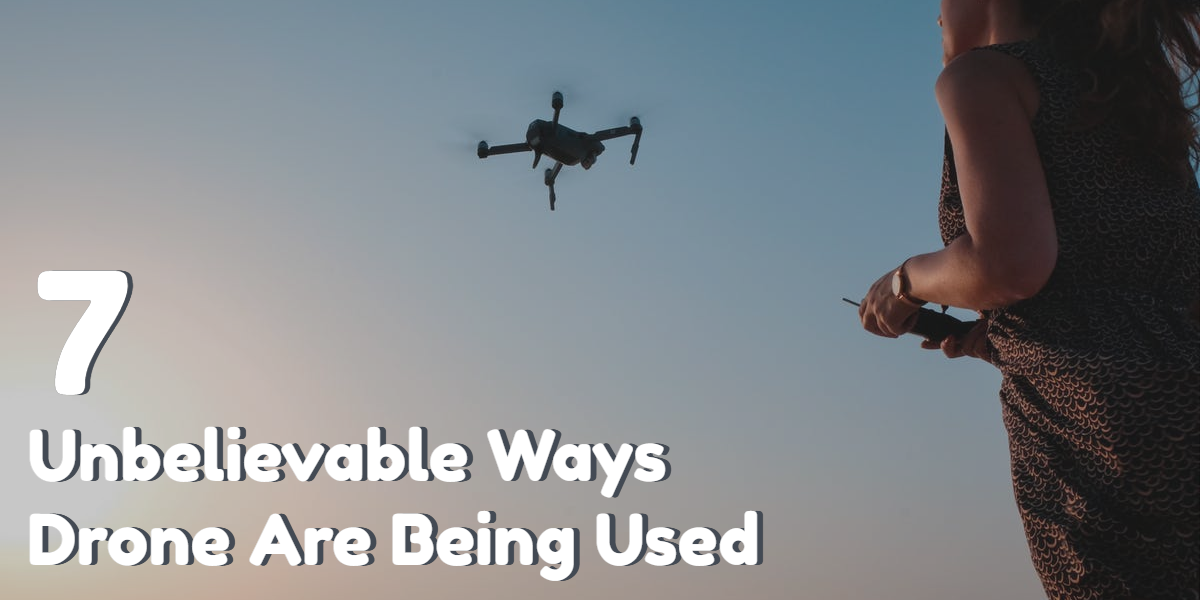
It was only a few years ago that the term “drone” conjured up images of pilotless planes operating in warzones across the world. However, these days drones are rapidly becoming more commonplace and are being increasingly used in a variety of different industries in amazing and unthought of ways.
For example, here at Meadows Farm Studios we use drones during our aerial photo shoots or for aerial filming. In the past, aerial photography used to be expensive and challenging with reliance on helicopters. Drones are much more reliable, affordable and easy to use.
Here are just a few of the other unbelievable ways drones are being used to revolutionize the world today:
Wildlife Conservation
The rising number of endangered wildlife in the world is a growing concern and keeping an eye on these species is a top priority for organizations. However, entering animal habitats can often do more harm than good. Drones are a great, non-invasive, tool for monitoring and recording wildlife in conservation efforts and represent a way for organisations to watch over the animals they are trying to protect without hurting them.
There could be as few as 10,000 Botos left.
In Brazil, conservation specialists at the WWF are using drones to monitor two species of Pink River Dolphins, The Boto and Tucuxi. These dolphins inhabit the Amazon River but are under threat from fishing and habitat destruction. The exact number of dolphins that live in the river are unknown and conservation specialists are using drones to try and to get an estimate to help determine how at risk they are and what conservation measures are needed.
Search and Rescue
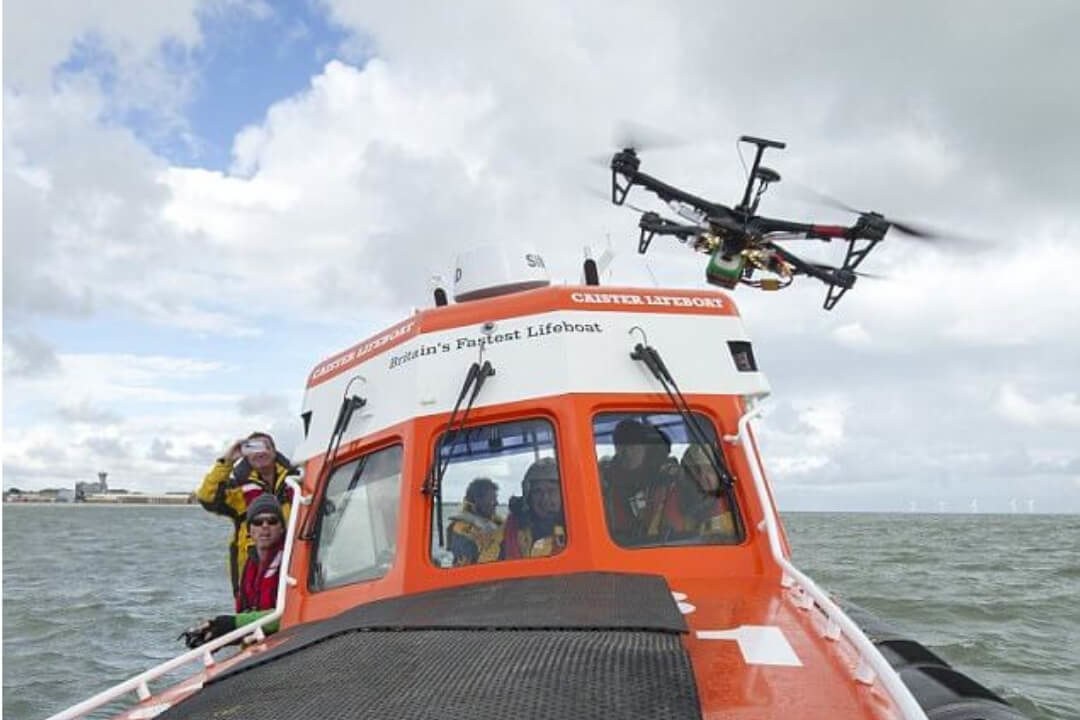
Drones are being increasingly used in search and rescue missions thanks to their speed and manoeuvrability. In the UK the RNLI and MCA have started testing the use of drones to search for casualties in open water or along cliffs. Sensor-equipped drones can find the heat source of a person much easier than they can be spotted by eye. This could potentially fill a gap in the RNLI’s search capability and the RNLI wants to fully integrate a variety of drone technology into their system.
In 2017, the RNLI helped 8,072 people and launched lifeboats 8,436 times across the UK and Ireland.
Different types of drones would be used depending on the scenario. Fixed-wing drones that have high endurance and could be operated beyond a pilot’s line of sight would be used for offshore searches. Smaller fixed-wing drones that can be launched from a canister and more familiar multi-rotor drones that can take off and land vertically are also being used. Drones could help the RNLI save a lot of lives and have a lot of potential in search and rescue missions.
Disaster Relief
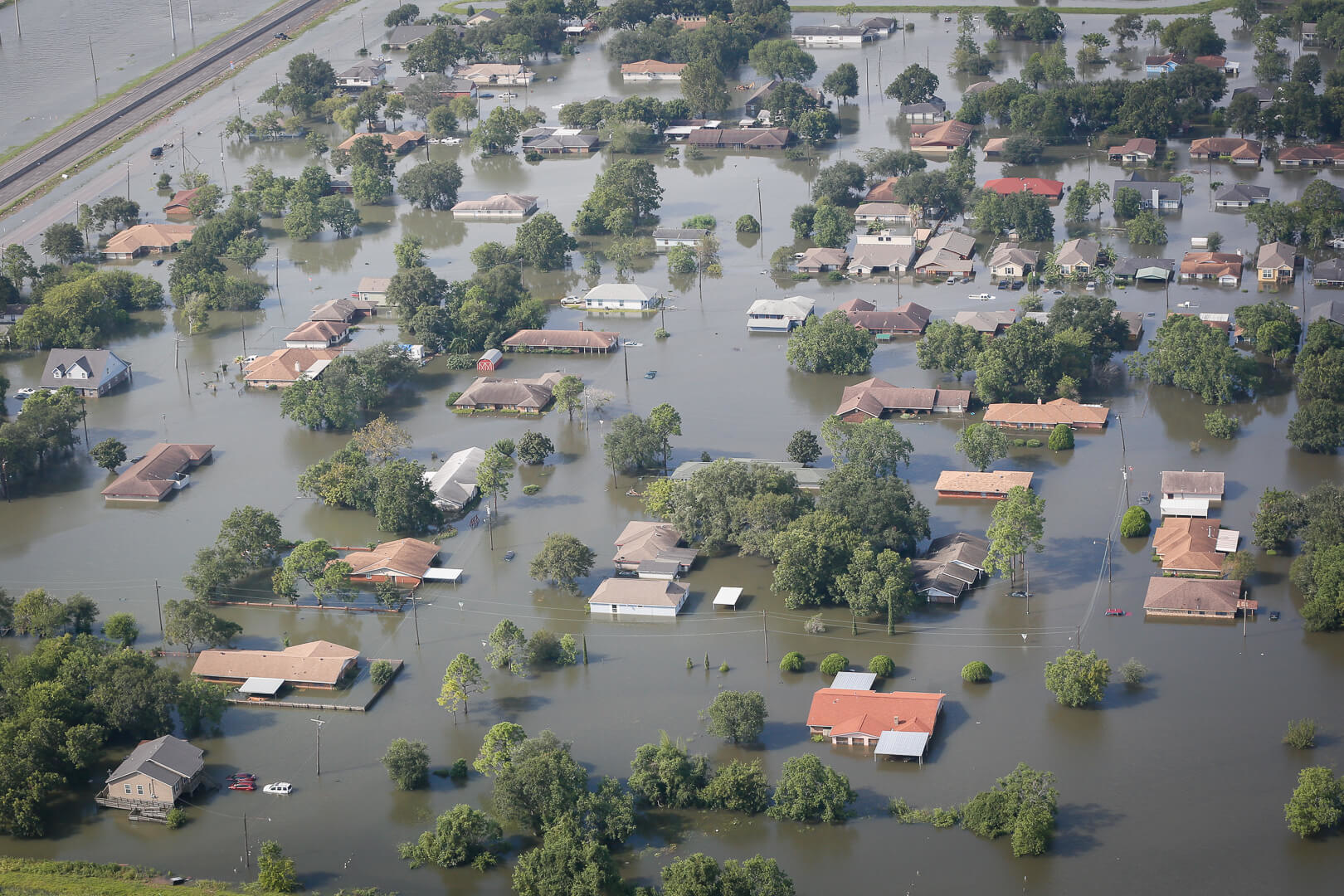
Drones are becoming instrumental during natural disasters, such as hurricanes and tropical storms. Drones are being used by NASA and the National Oceanic and Atmospheric Administration (NOAA) to track storms as they form and gather data to help model complex flows. They can also be used in relief efforts when roads are blocked and hurricane winds make using helicopters dangerous.
Tropical Storm Harvey disrupted at least 17 emergency call centres and 320 cellular sites.
In the aftermath of Tropical Storm Harvey, drones were used to locate survivors and guide rescue teams through the rubble. They were similarly used by AT&T and Verizon to repair cell towers to maintain communication and aid the recovery process. Drone operators are now being embedded within repair crews to help them navigate debris and get eyes on damaged infrastructure. Drones are also being used by local fire departments and aid organisations like the Red Cross for similar reasons during natural disasters.
Shark Detection on Beaches
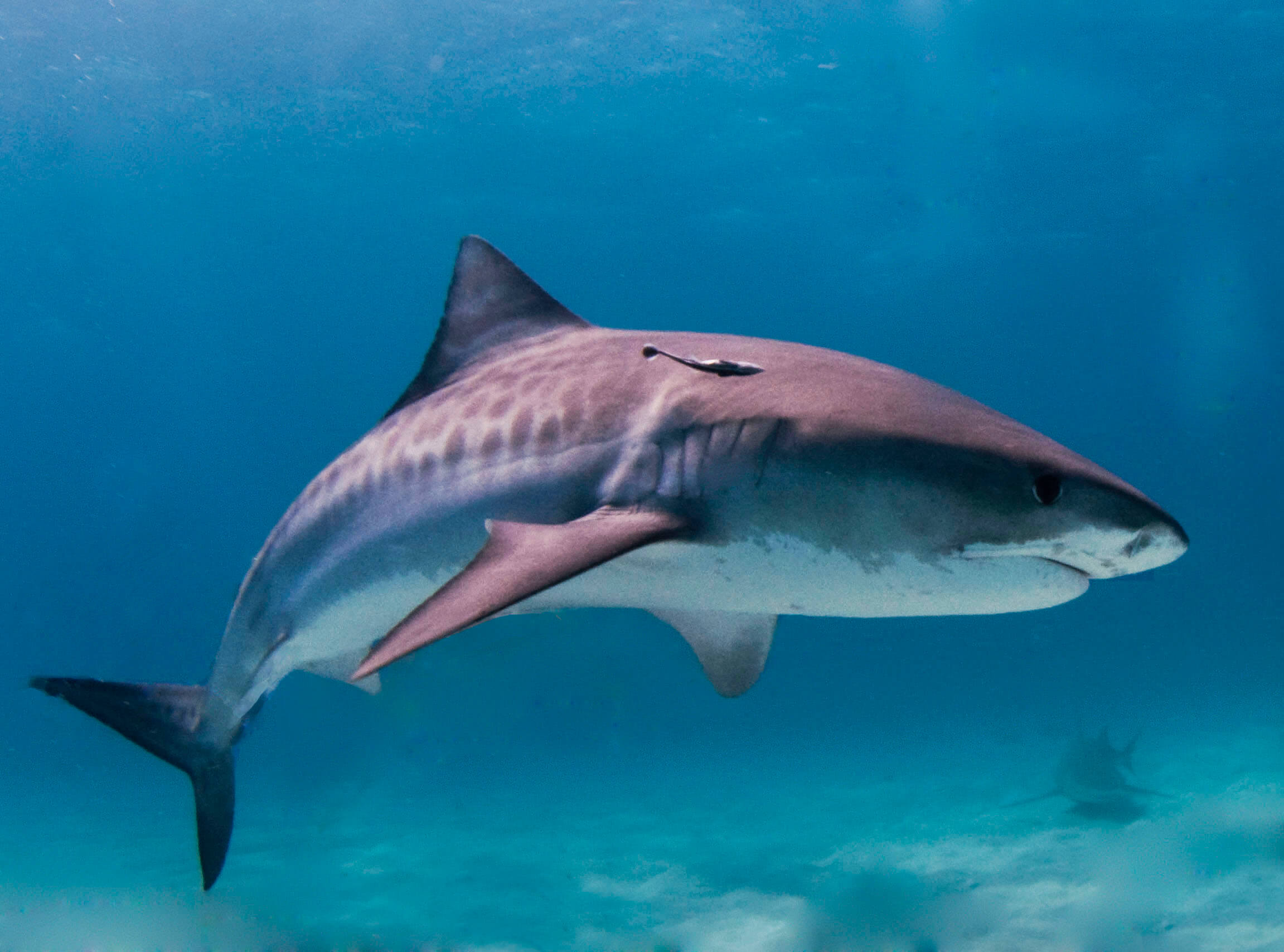
Although relatively rare, the threat of shark attacks can disrupt beach activities and affect tourism in certain areas. SharkSpotter uses a combination of artificial intelligence, computing power and drones to monitor beach safety over a large area on Australian beaches. It’s a cost-effective replacement to Shark Nets that are dangerous to marine ecosystems and can also be used to assist swimmers in other kinds of distress.
In Jan 2018 a drone saved two swimmers caught in a rip by dropping a flotation pod. The rescue took 70 seconds.
The drone detects sharks and other potential threats and is equipped with a flotation pod and an electronic shark repellent to help swimmers in an emergency. By using “deep learning”, SharkSpotter uses the drone’s camera and identifies all the objects in view and categorizes them. This kind of advanced machine learning techniques significantly improves aerial detection accuracy to over 90%.
Discovering the Past
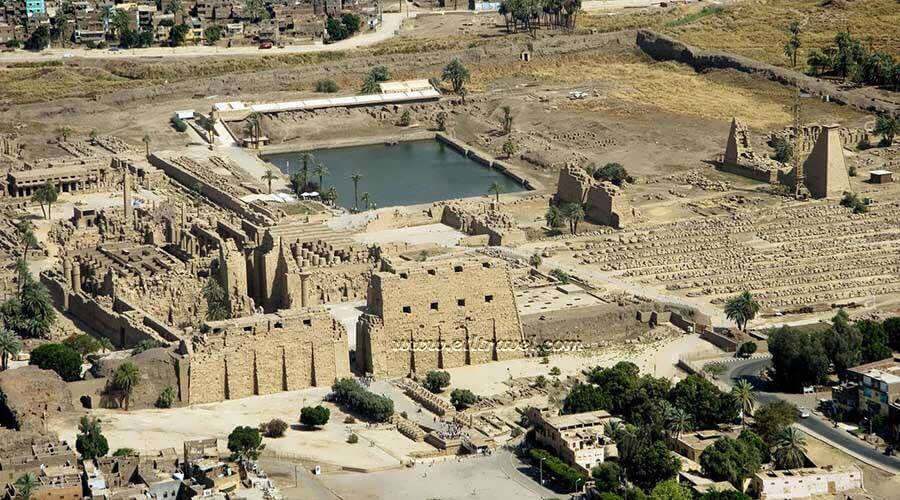
Drones offer us a way to shape the future, but they can also be used to help us discover our lost past. Drones are continuing to have scientific applications, and archaeologists are starting to make use of drones equipped with thermal cameras to fly over vast archaeological sites. The landscape itself cools at a consistent rate, while things that are buried, like ruins and artefacts, cool at a different rate. This difference shows on the camera and allows archaeologists to map out the site.
Thermal images revealed a dark circle which could represent cooler soil filling a kiva which is significant as the site has been considered unusual due to lacking a kiva.
In New Mexico, a drone was used to take thermal images of a buried 1,000-year-old Native American settlement called Blue J and provide some insightful information without the need to excavate. Drones have a promising future in archaeology and can help make discoveries easier and faster than excavation and without the environmental impact and potential damage to the site.
Emergency Services
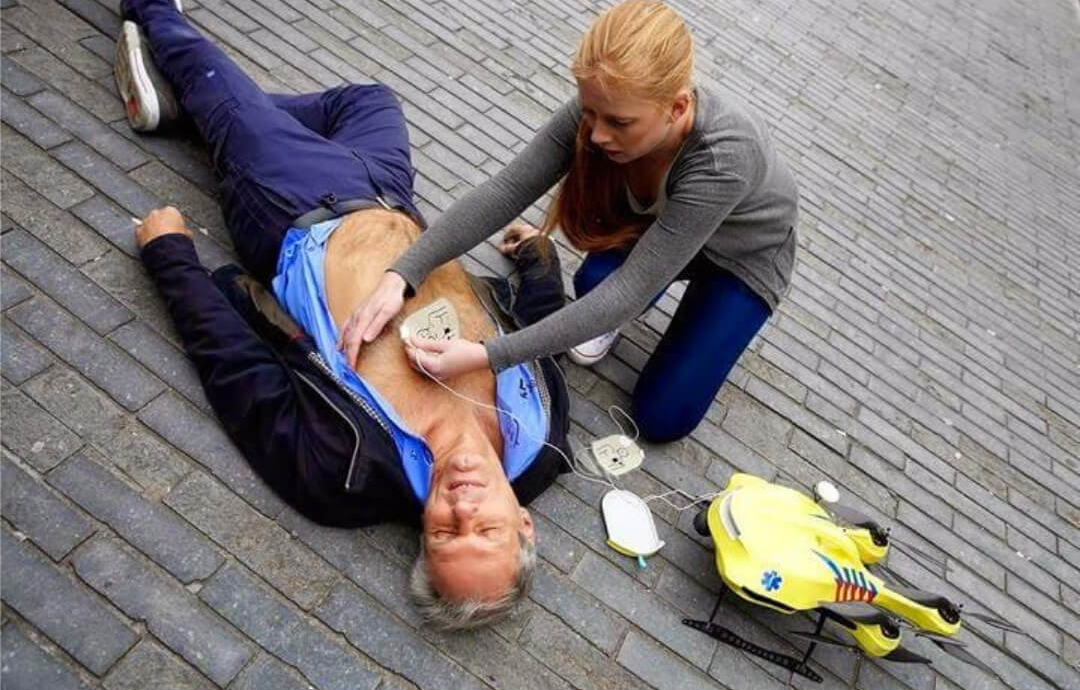
Emergency services aren't always as near as we would like or need. Especially in more remote areas where you could suffer a snake bite, for example. Help could be hours away by vehicle or foot, but a drone could get anti-venom to you in a matter of minutes. Drones are being used in this way to save lives by bringing relief to those in need much faster than traditional emergency services.
The Ambulance Drone can improve the chance of surviving cardiac arrest from 8% to 80%!
A Belgian engineering graduate is working on drones that carry a portable defibrillator that can massively improve your chances of surviving cardiac arrest. By significantly increasing the speed in which a defibrillator can arrive on the scene, drones could increase your chance of surviving a heart attack from 8% to 80%. It also has a camera and speaker so the operator can instruct on how to use it. Dutch emergency services are considering the drone and the Dutch Heart Foundation has praised the idea.
Agriculture

The next few generations are going to be facing an ever-increasing demand for food which will continue to put an increasing strain on farmers. One way to help prevent this strain is to reduce the time and energy that farmers have to spend tending to their crops by using Drones.
Some drone-planting systems can achieve an uptake rate of 75% and decrease planting costs by 85%.
Drones are revolutionising how our food is grown and can be used in multiple ways to help farmers maximize their crop yields. Drones can traverse acres of farmland much faster than a person can and can be programmed to detect problem areas like soil analysis, irrigation and the health of crops.
Drones can also be used to spray crops much more efficiently than before. By using tools like distance-measuring equipment, ultrasonic echoing and lasers similar to LiDAR drones can scan the ground and spray the correct amount of liquid, modulating the distance and spraying in real time which reduces the number of chemicals that penetrates the groundwater.
The Future of Drones
As you can see, there is no end to the potential uses for drones. Many companies continue to develop new ways to use them to help improve our lives. Drone technology is still in its infancy, but it continues to make a positive impact in almost every way. Drones allow us to go to places and see things that we never could. It may take some time for people to become comfortable with the idea of drones, but drones are here to stay and will become a common and welcomed sight.









